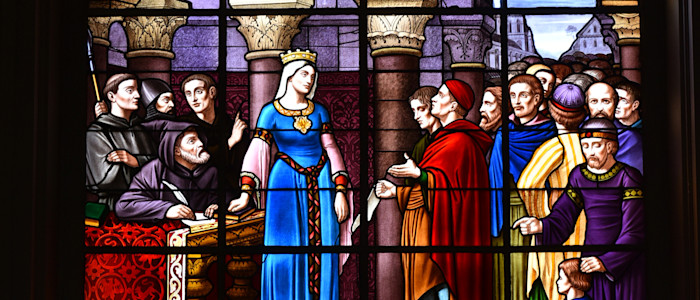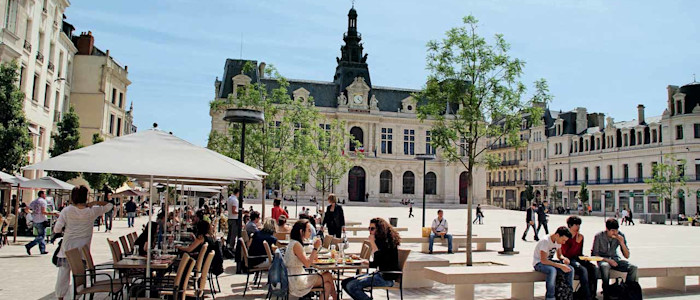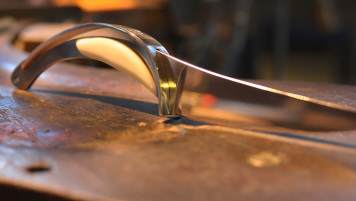Eleanor, born around 1122, had an enthralling life, full of twists and turns.
Heiress of the Duchy of Aquitaine, she married Louis VII, King of France in 1137, and brought Aquitaine, at the time the largest duchy in Europe, to the kingdom of France. She took part in the second crusade with the king. Upon their return, their marriage was annulled. She then wed Henry Plantagenet, future King of England. As such, she became Queen of England in 1154, after having been Queen of France. She gave birth to eight children including Richard the Lionheart and John.
After a highly-eventful life, Eleanor died at the age of 82 in Poitiers. Sometime after, Aquitaine was integrated into the kingdom of France by Philippe Auguste. To this day, Eleanor’s mark is reflected throughout the city of Poitiers.
The Palace of Justice in Poitiers, the seat of Aquitaine power

The Palace of Justice, seat of the Counts of Poitou, Dukes of Aquitaine, remains one of the most outstanding architectural ensembles from the Middle Ages in France. The Maubergeon Tower, vestige of the first building, and the great hall, also known as the “Salle des Pas Perdus” (Hall of the Lost footsteps), was built during Eleanor’s time. The great hall has successfully preserved its particular Plantagenet or Anjou Gothic style. Eleanor’s court spent their lives in this immense hall (50 m long). It was here, too, that she would attend the recitals of troubadours and would become heir muse.
The cathedral and its stained glass windows, treasures dating back to Eleanor’s time

Eleanor commissioned another important building: Poitiers Cathedral. This edifice, dating from 1162 and built in Anjou Gothic style, has preserved an exceptional stained glass window, made when Eleanor was still alive and depicting her, Henry Plantagenet and four of their sons. It was also here that her marriage to Henry Plantagenet was celebrated.
The other traces of Eleanor in the city

Eleanor also commissioned the ramparts around Poitiers. Today, although these have been replaced by the ring-road, several parts remain, in particular in Blossac Park.
Eleanor’s traces are also to be found in a more recent building: Poitiers City Hall. In the Hall of Honour, a stained glass window made in the 19th century depicts Eleanor handing the charter of township to the bourgeois of Poitiers.
Eleanor of Aquitaine, who died in Poitiers in spring 1204, is buried not far from here, north of her territory, in the magnificent Fontevraud Abbey, on the border between Poitou and Val de Loire.
Want to discover the other traces in Nouvelle-Aquitaine ? Let's go to Bordeaux and its surroundings







